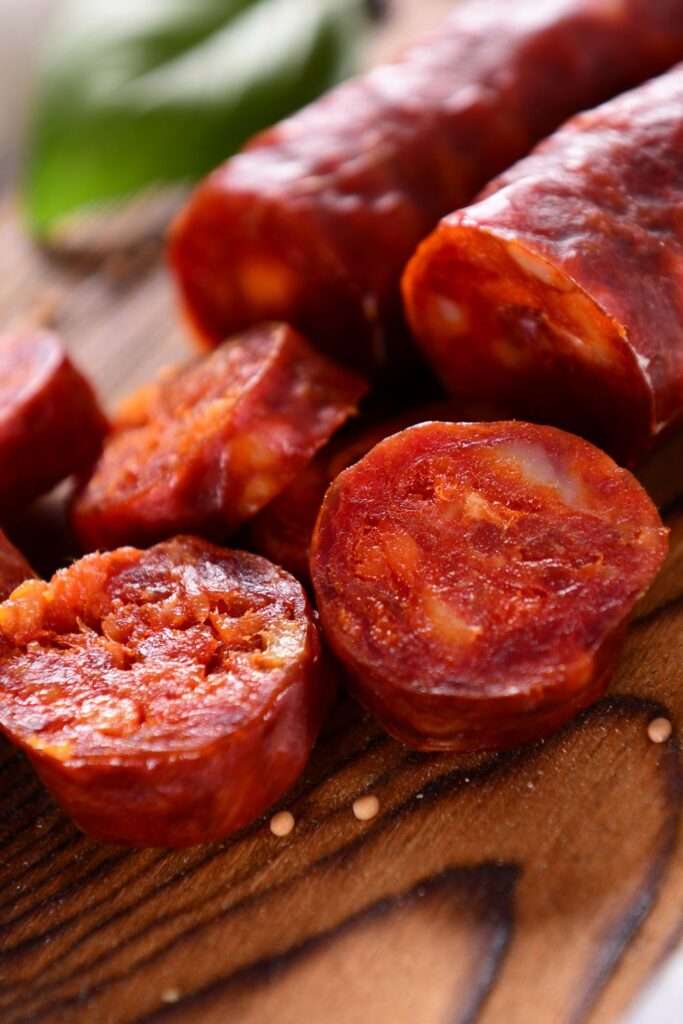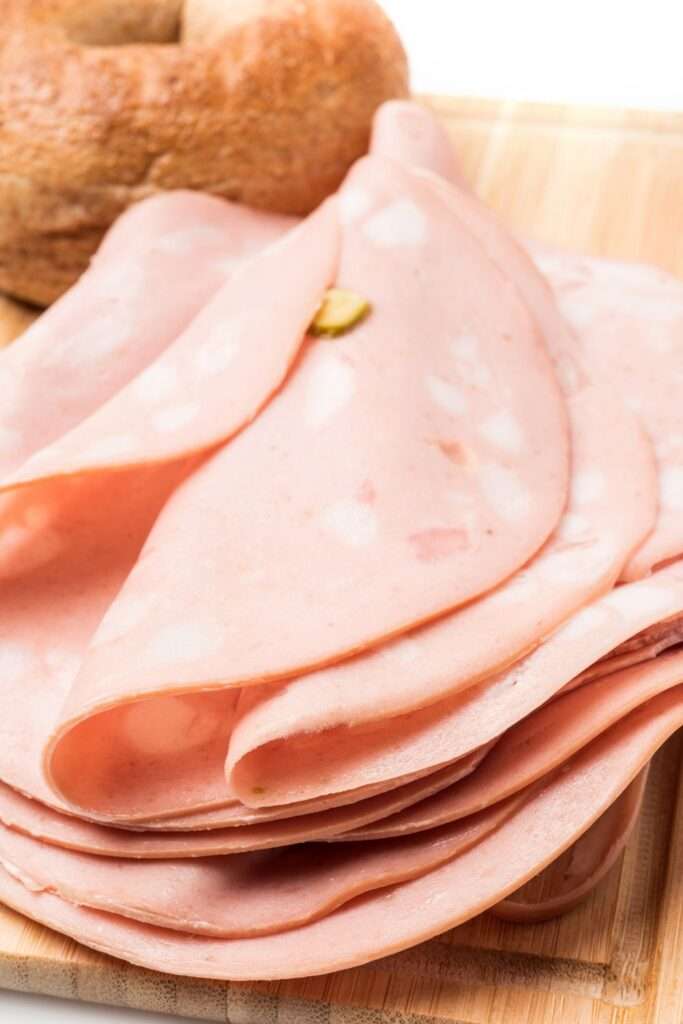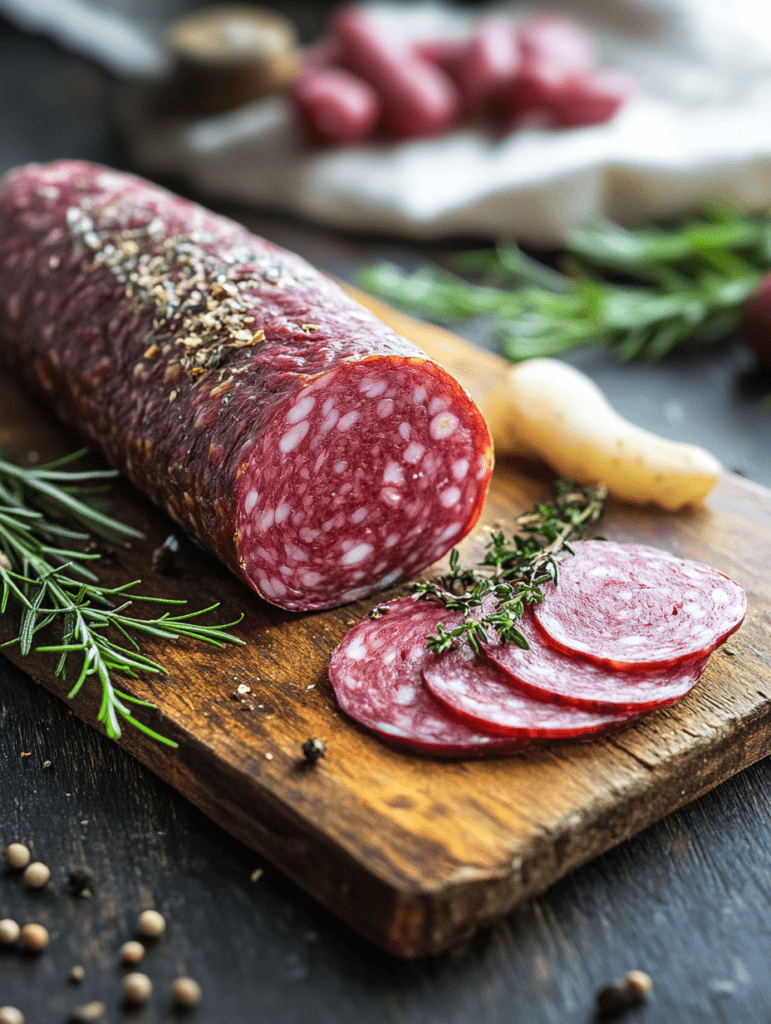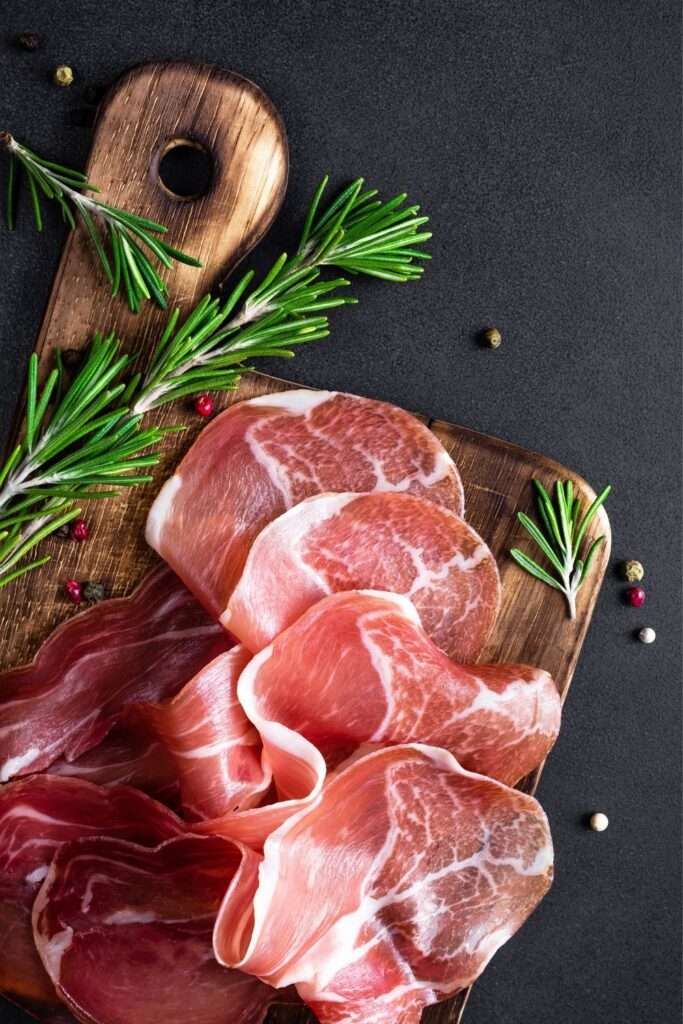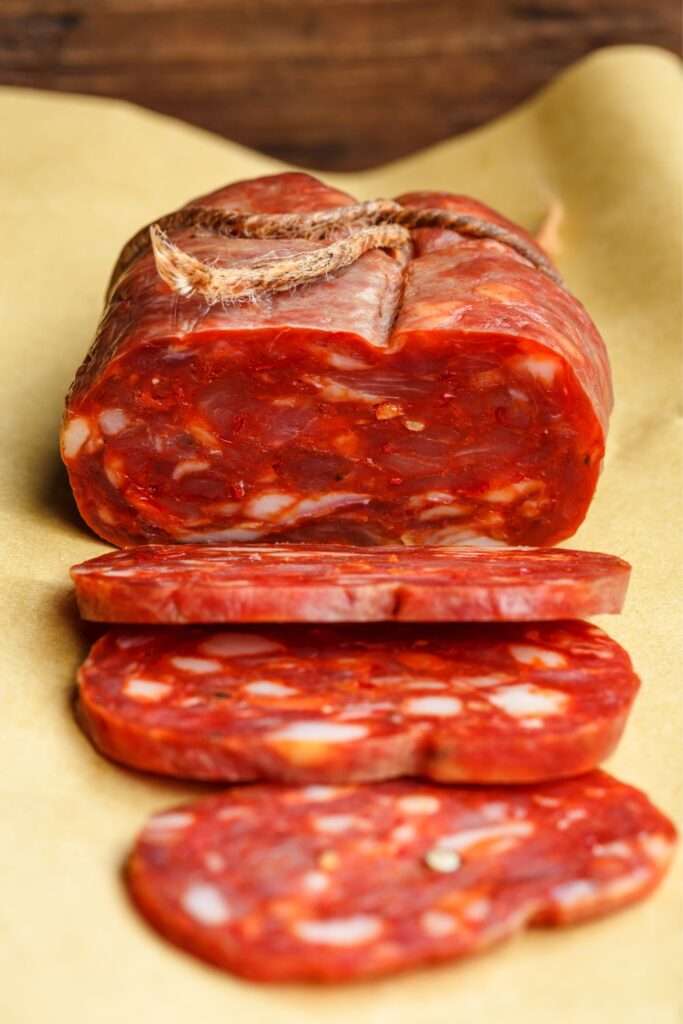The Art of Charcuterie: Elevating Your Entertaining Experience
Charcuterie boards have become a beloved staple in the world of entertaining and culinary delights. These beautifully curated platters, adorned with an array of cured meats, artisanal cheeses, and an assortment of accompaniments, have captured the hearts and taste buds of food enthusiasts everywhere. But what exactly is charcuterie, and why has it become such a captivating culinary trend? In this comprehensive blog post, we’ll dive into the rich history, the art of assembling a stunning charcuterie board, and the myriad of ways you can elevate your entertaining experience with this delectable delicacy.
What is Charcuterie?
Charcuterie is a French word that refers to the art of preparing and assembling a selection of cured meats, cheeses, and various accompaniments. The term “charcuterie” originates from the French words “chair” (meaning “flesh”) and “cuit” (meaning “cooked”). Traditionally, charcuterie was a method employed by French butchers to preserve meats, ensuring their longevity and enhancing their flavors through curing, smoking, and other preservation techniques.
Over time, charcuterie has evolved from a practical means of food preservation to a sophisticated culinary art form. Today, the term “charcuterie” encompasses not only the cured meats but also the entire presentation of a carefully curated platter, complete with complementary cheeses, fruits, nuts, olives, crackers, and other delightful accoutrements.
The History of Charcuterie

The origins of charcuterie can be traced back to ancient times when humans first began preserving meats to ensure a reliable food source. In Europe, the practice of curing and smoking meats gained prominence during the Middle Ages, with each region developing its own unique techniques and specialty products.
In France, the art of charcuterie flourished, with skilled artisans known as “charcutiers” perfecting the craft of preparing and presenting cured meats. These charcutiers would often sell their wares in dedicated shops, showcasing their expertise and the quality of their products.
As the popularity of charcuterie spread, it became a staple in French cuisine, with charcuterie boards being served as appetizers, snacks, or even as a main course. The tradition of the charcuterie board then made its way across the Atlantic, where it has since become a beloved and ubiquitous part of the culinary landscape.
The Art of Assembling a Charcuterie Board
Crafting a visually stunning and delicious charcuterie board is an art form in itself. It requires a keen eye for balance, color, and texture, as well as an understanding of flavor profiles and how they complement one another. Here are some key tips for assembling a captivating charcuterie board:
1. Choose Your Meats
The foundation of any charcuterie board is the selection of cured meats. Some popular choices include prosciutto, salami, soppressata, chorizo, and mortadella. When selecting your meats, aim for a variety of flavors, textures, and origins to create a well-rounded platter.
2. Incorporate Cheeses

Cheese is an essential component of a charcuterie board, and the possibilities are endless. Consider including a mix of soft, hard, and semi-soft cheeses, such as brie, cheddar, gouda, or blue cheese. Aim for a balance of flavors, from mild and creamy to sharp and tangy.
3. Add Accompaniments
Charcuterie boards are not complete without an array of accompaniments that enhance the overall experience. Some popular options include olives, pickled vegetables, nuts, dried fruits, jams, honey, and crackers or breads. These elements not only add visual interest but also provide a variety of flavors and textures to complement the meats and cheeses.
4. Consider Presentation
The way you arrange your charcuterie board can make a significant impact on the overall aesthetic. Aim for a visually appealing layout that showcases the individual components while creating a cohesive and harmonious display. Consider using different shapes and sizes of plates or boards, and arrange the items in a visually pleasing manner, with attention to color, texture, and balance.
5. Personalize It
The beauty of charcuterie is that it can be tailored to your personal preferences and the preferences of your guests. Feel free to experiment with unique ingredients, such as candied nuts, flavored honeys, or specialty jams, to create a charcuterie board that reflects your individual style and taste.
Benefits of Charcuterie

Aside from its undeniable aesthetic appeal and delicious flavors, charcuterie boards offer a multitude of benefits that make them a go-to choice for entertaining and sharing meals:
1. Versatility
Charcuterie boards can be enjoyed in a variety of settings, from casual gatherings to formal events. They can serve as an appetizer, a main course, or even a dessert, making them a versatile and adaptable option for any occasion.
2. Shared Experience
Charcuterie boards encourage a communal dining experience, as guests can gather around the board and share in the tasting and discovery of the different components. This social aspect fosters conversation, connection, and a sense of community among your guests.
3. Dietary Accommodations
Charcuterie boards can be easily tailored to accommodate various dietary needs and preferences, such as gluten-free, vegetarian, or lactose-intolerant guests. By carefully selecting the meats, cheeses, and accompaniments, you can create a platter that caters to the diverse dietary requirements of your guests.
4. Convenience
Assembling a charcuterie board requires minimal cooking or preparation, making it an effortless and time-saving option for entertaining. Once the board is assembled, it can be enjoyed for an extended period, allowing you to focus on hosting and engaging with your guests rather than being tied to the kitchen.
5. Exploration of Flavors
Charcuterie boards offer an opportunity for guests to explore a wide range of flavors and textures, from the rich and savory cured meats to the tangy and creamy cheeses, and the sweet and salty accompaniments. This sensory experience encourages guests to discover new culinary delights and expand their palates.
Hosting a Charcuterie-Themed Event
Charcuterie boards have become increasingly popular for hosting a variety of events, from intimate gatherings to large-scale celebrations. Here are some ideas for hosting a charcuterie-themed event:
1. Charcuterie-Themed Dinner Party

Invite your guests to an evening of indulgence by hosting a charcuterie-themed dinner party. Start the evening with a stunning charcuterie board as the appetizer, then follow it up with a main course that incorporates charcuterie elements, such as a pasta dish with prosciutto or a salad with salami. Finish the meal with a dessert that plays on the salty-sweet theme, like a brie and jam tart or a chocolate-dipped fig.
2. Charcuterie and Wine Pairing

Pair your charcuterie board with a selection of carefully curated wines for a sophisticated and immersive tasting experience. Invite your guests to explore the nuances of how the flavors of the meats, cheeses, and accompaniments interplay with the different wine varietals.
3. Charcuterie-Themed Brunch

Elevate your brunch menu by incorporating charcuterie elements. Serve a large charcuterie board as the centerpiece, accompanied by freshly baked pastries, quiches, and other brunch favorites. This creates a visually stunning and delicious spread that will delight your guests.
4. Charcuterie-Themed Cocktail Party
Transform your next cocktail party by offering a selection of charcuterie boards and platters. Guests can mingle and graze on the delectable offerings while sipping on custom cocktails or craft beers that complement the flavors of the charcuterie.
Conclusion
Charcuterie has evolved from a practical means of food preservation to a captivating culinary art form that has captured the hearts and taste buds of food enthusiasts worldwide. By understanding the rich history, mastering the art of assembling a stunning charcuterie board, and exploring the myriad of benefits it offers, you can elevate your entertaining experience and create unforgettable memories with your guests.
Whether you’re hosting a formal dinner party, a casual brunch, or an intimate gathering, incorporating charcuterie into your event is a surefire way to impress your guests and leave them with a newfound appreciation for this delectable delicacy. So, gather your favorite meats, cheeses, and accompaniments, and embark on your own charcuterie-inspired culinary journey.
